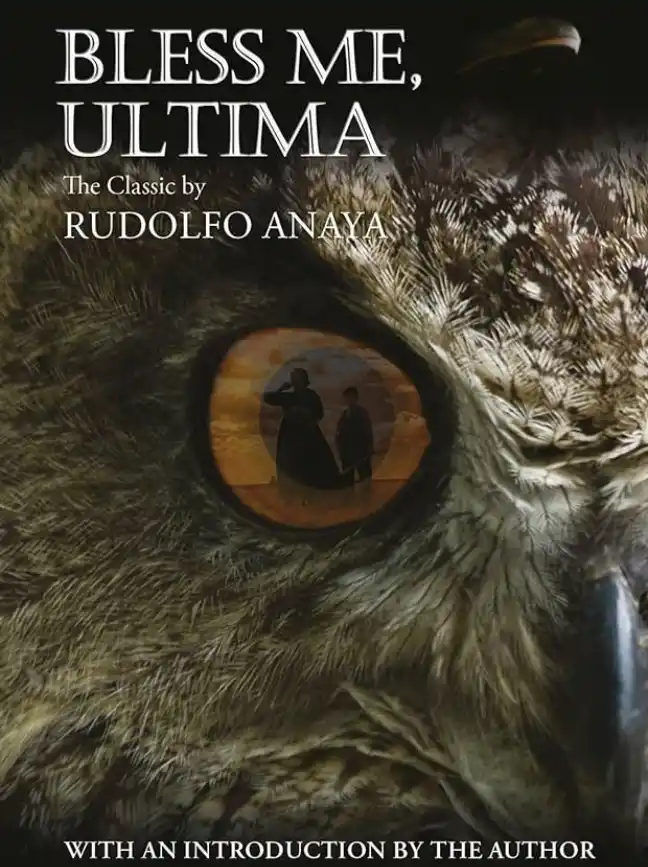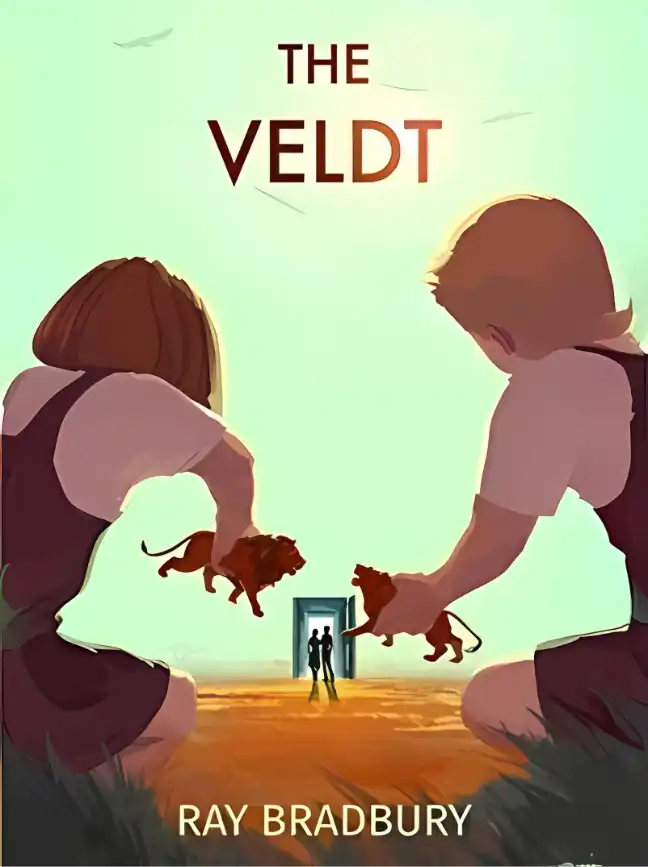Langdon cou1d scarcely believe his own supposition, and yet, considering who had given this stone cylinder to them, how he had given it to them, and now, the inlaid Rose on the container, Langdon could formulate only one conclusion.
I am holding the Priory keystone.
The legend was specific.
The keystone is an encoded stone that lies beneath the sign of the Rose.
“Robert?” Sophie was watching him. “What’s going on?”
Langdon needed a moment to gather his thoughts. “Did your grandfather ever speak to you of something called la clef de voûte?”
“The key to the vault?” Sophie translated.
“No, that’s the literal translation. Clef de voûte is a common architectural term. Voûte refers not to a bank vault, but to a vault in an archway. Like a vaulted ceiling.”
“But vaulted ceilings don’t have keys.”
“Actually they do. Every stone archway requires a central, wedge-shaped stone at the top which locks the pieces together and carries all the weight. This stone is, in an architectural sense, the key to the vault. In English we call it a keystone.” Langdon watched her eyes for any spark of recognition.
Sophie shrugged, glancing down at the cryptex. “But this obviously is not a keystone.”
Langdon didn’t know where to begin. Keystones as a masonry technique for building stone archways had been one of the best-kept secrets of the early Masonic brotherhood. The Royal Arch Degree. Architecture. 7eystones. It was all interconnected. The secret knowledge of how to use a wedged keystone to build a vaulted archway was part of the wisdom that had made the Masons such wealthy craftsmen, and it was a secret they guarded carefully. Keystones had always had a tradition of secrecy. And yet, the stone cylinder in the rosewood box was obviously something quite
different. The Priory keystone—if this was indeed what they were holding—was not at all what Langdon had imagined.
“The Priory keystone is not my specialty,” Langdon admitted. “My interest in the Holy Grail is primarily symbologic, so I tend to ignore the plethora of lore regarding how to actually find it.”
Sophie’s eyebrows arched. “Find the Holy Grail?”
Langdon gave an uneasy nod, speaking his next words carefully. “Sophie, according to Priory lore, the keystone is an encoded map
… a map that reveals the hiding place of the Holy Grail.” Sophie’s face went blank. “And you think this is it?”
Langdon didn’t know what to say. Even to him it sounded unbelievable, and yet the keystone was the only logical conclusion he could muster. An encrypted stone, hidden beneath the sign of the Rose.
The idea that the cryptex had been designed by Leonardo da Vinci
—former Grand Master of the Priory of Sion—shone as another tantalizing indicator that this was indeed the Priory keystone. A former Grand Master’s blueprint … brought to life centuries later by another Priory member. The bond was too palpable to dismiss.
For the last decade, historians had been searching for the keystone in French churches. Grail seekers, familiar with the Priory’s history of cryptic double-talk, had concluded la clef de voûte was a literal keystone—an architectural wedge—an engraved, encrypted stone, inserted into a vaulted archway in a church. Beneath the sign of the Rose. In architecture, there was no shortage of roses. Rose windows. Rosette reliefs. And, of course, an abundance of cinquefoils—the five-petaled decorative flowers often found at the top of archways, directly over the keystone. The hiding place seemed diabolically simple. The map to the Holy Grail was incorporated high in an archway of some forgotten church, mocking the blind churchgoers who wandered beneath it.
“This cryptex can’t be the keystone,” Sophie argued. “It’s not old enough. I’m certain my grandfather made this. It can’t be part of any ancient Grail legend.”
“Actually,” Langdon replied, feeling a tingle of excitement ripple through him, “the keystone is believed to have been created by the
Priory sometime in the past couple of decades.”
Sophie’s eyes flashed disbelief. “But if this cryptex reveals the hiding place of the Holy Grail, why would my grandfather give it to me? I have no idea how to open it or what to do with it. I don’t even know what the Holy Grail is!”
Langdon realized to his surprise that she was right. He had not yet had a chance to explain to Sophie the true nature of the Holy Grail. That story would have to wait. At the moment, they were focused on the keystone.
If that is indeed what this is….
Against the hum of the bulletproof wheels beneath them, Langdon quickly explained to Sophie everything he had heard about the keystone. Allegedly, for centuries, the Priory’s biggest secret—the location of the Holy Grail—was never written down. For security’s sake, it was verbally transferred to each new rising sénéchal at a clandestine ceremony. However, at some point during the last century, whisperings began to surface that the Priory policy had changed. Perhaps it was on account of new electronic eavesdropping capabilities, but the Priory vowed never again even to speak the location of the sacred hiding place.
“But then how could they pass on the secret?” Sophie asked. “That’s where the keystone comes in,” Langdon explained. “When
one of the top four members died, the remaining three would choose from the lower echelons the next candidate to ascend as sénéchal. Rather than telling the new sénéchal where the Grail was hidden, they gave him a test through which he could prove he was worthy.”
Sophie looked unsettled by this, and Langdon suddenly recalled her mentioning how her grandfather used to make treasure hunts for her—preuves de mérite. Admittedly, the keystone was a similar concept. Then again, tests like this were extremely common in secret societies. The best known was the Masons’, wherein members ascended to higher degrees by proving they could keep a secret and by performing rituals and various tests of merit over many years. The tasks became progressively harder until they culminated in a successful candidate’s induction as thirty-second-degree Mason.
“So the keystone is a preuve de mérite,” Sophie said. “If a rising Priory sénéchal can open it, he proves himself worthy of the information it holds.”
Langdon nodded. “I forgot you’d had experience with this sort of thing.”
“Not only with my grandfather. In cryptology, that’s called a ‘self-authorizing language.’ That is, if you’re smart enough to read it, you’re permitted to know what is being said.”
Langdon hesitated a moment. “Sophie, you realize that if this is indeed the keystone, your grandfather’s access to it implies he was exceptionally powerful within the Priory of Sion. He would have to have been one of the highest four members.”
Sophie sighed. “He was powerful in a secret society. I’m certain of it. I can only assume it was the Priory.”
Langdon did a double take. “You knew he was in a secret society?” “I saw some things I wasn’t supposed to see ten years ago. We haven’t spoken since.” She paused. “My grandfather was not only a ranking top member of the group … I believe he was the top
member.”
Langdon could not believe what she had just said. “Grand Master?
But … there’s no way you could know that!”
“I’d rather not talk about it.” Sophie looked away, her expression as determined as it was pained.
Langdon sat in stunned silence. Jacques Saunière? Grand Master? Despite the astonishing repercussions if it were true, Langdon had the eerie sensation it almost made perfect sense. After all, previous Priory Grand Masters had also been distinguished public figures with artistic souls. Proof of that fact had been uncovered years ago in Paris’s Bibliothèque Nationale in papers that became known as Les Dossiers Secrets.
Every Priory historian and Grail buff had read the Dossiers. Cataloged under Number 4° lm1 249, the Dossiers Secrets had been authenticated by many specialists and incontrovertibly confirmed what historians had suspected for a long time: Priory Grand Masters
included Leonardo da Vinci, Botticelli, Sir Isaac Newton, Victor Hugo, and, more recently, tean Cocteau, the famous Parisian artist.
Why not Jacques Saunière?
Langdon’s incredulity intensified with the realization that he had been slated to meet Saunière tonight. The Priory Grand Master called a meeting with me. Why? To make artistic small talk? It suddenly seemed unlikely. After all, if Langdon’s instincts were correct, the Grand Master of the Priory of Sion had just transferred the brotherhood’s legendary keystone to his granddaughter and simultaneously commanded her to find Robert Langdon.
Inconceivable!
Langdon’s imagination could conjure no set of circumstances that would explain Saunière’s behavior. Even if Saunière feared his own death, there were three sénéchaux who also possessed the secret and therefore guaranteed the Priory’s security. Why would Saunière take such an enormous risk giving his granddaughter the keystone, especially when the two of them didn’t get along? And why involve Langdon … a total stranger?
A piece of this puzzle is missing, Langdon thought.
The answers were apparently going to have to wait. The sound of the slowing engine caused them both to look up. Gravel crunched beneath the tires. Why is he pulling over already? Langdon wondered. Vernet had told them he would take them well outside the city to safety. The truck decelerated to a crawl and made its way over unexpectedly rough terrain. Sophie shot Langdon an uneasy look, hastily closing the cryptex box and latching it. Langdon slipped his jacket back on.
When the truck came to a stop, the engine remained idling as the locks on the rear doors began to turn. When the doors swung open, Langdon was surprised to see they were parked in a wooded area, well off the road. Vernet stepped into view, a strained look in his eye. In his hand, he held a pistol.
“I’m sorry about this,” he said. “I really have no choice.”








